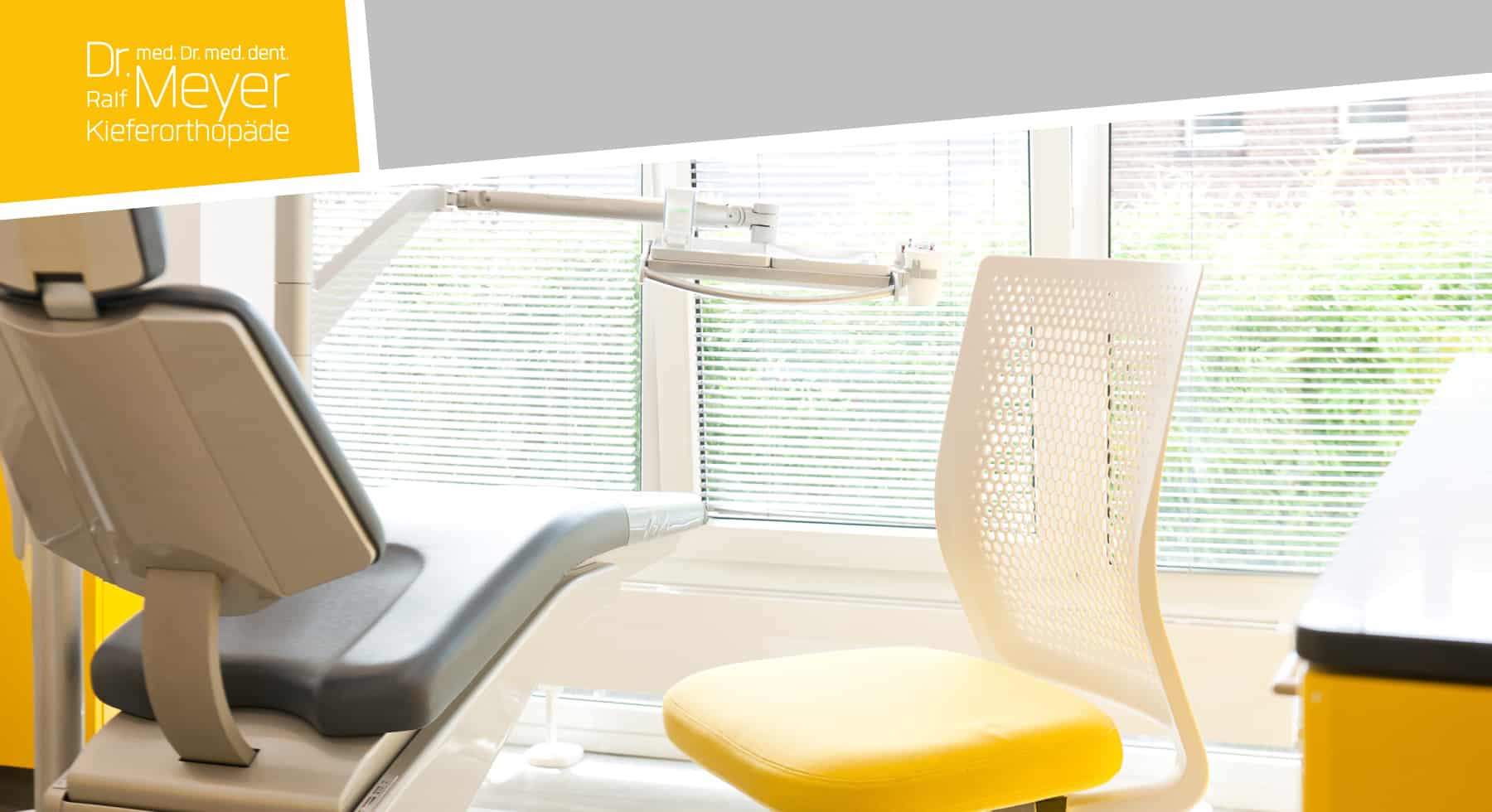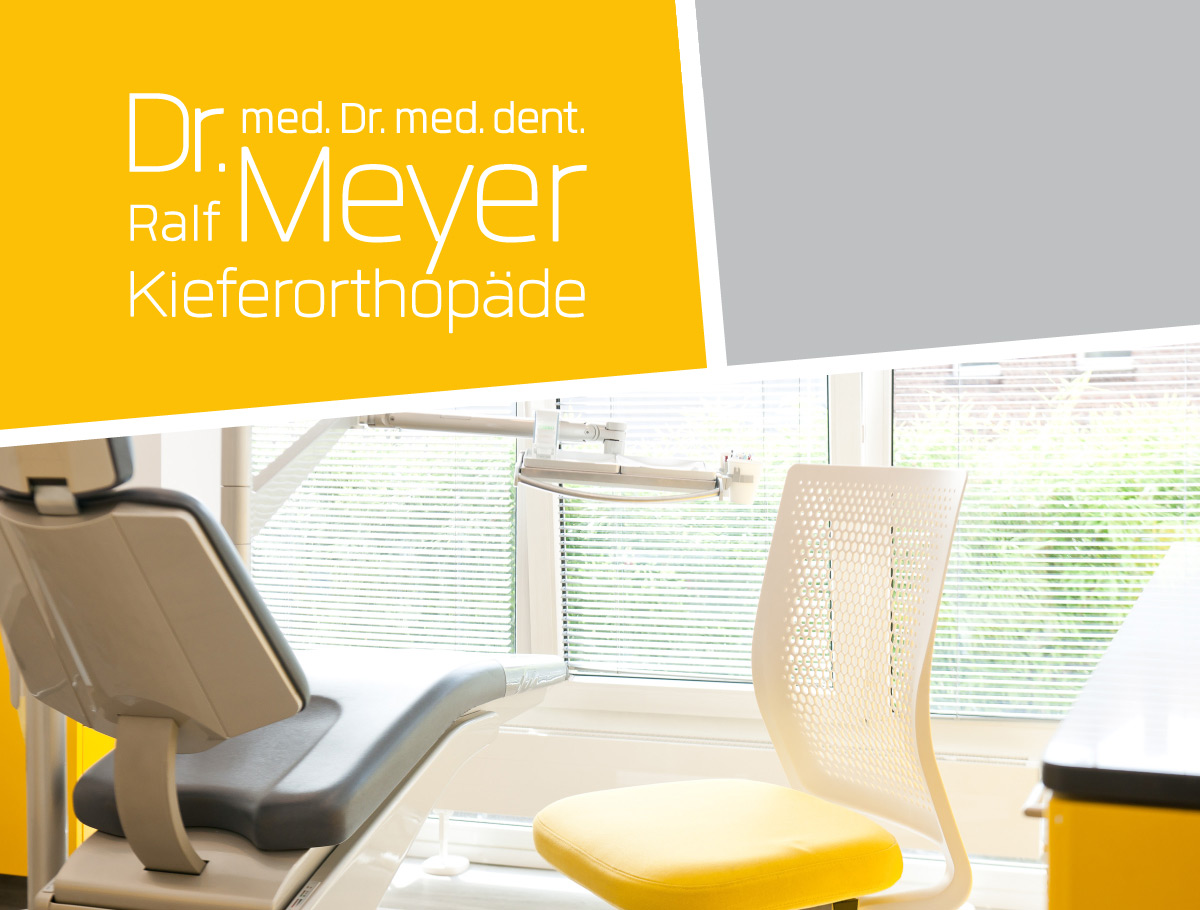
Digital orthodontics
Digital technology is increasingly finding its way into our orthodontic practice.
After scanning the dental conditions, we enable you to digitally fabricate treatment appliances such as aligners, retainers, transpalatal arches, etc. as an alternative to classical fabrication techniques.

Cleft lip and palate (CLAP)
As part of our comprehensive treatment concept, my orthodontic practice also offers care for patients with cleft lips, jaws and palates.
Here, my background in general medicine and my many years of experience are incorporated into the therapy.

Dysgnathic surgery
Severe skeletal deformities, such as mandibular protrusion, require oral surgical correction in addition to orthodontic treatment.
In close collaboration with our cooperating oral surgeons, we prepare our patients for these procedures and also provide follow-up care with fine correction of the treatment result.

Temporomandibular joint and muscle pain
We look after patients with complaints of the temporomandibular joints or masticatory muscles (CMD) in cooperation with primary care dentists or ENT doctors.

Bionator therapy
The bionator, like the activator, is a functional orthodontic appliance that can be used to treat jaw malocclusions. With the right indication, it can be used for different treatment tasks. These measures are flanked by further, individually coordinated treatment measures that can further improve the treatment result.

Sealing / PZR
During treatment with fixed appliances, it is advisable to carry out professional dental cleaning approximately every 6 months and then reapply a sealant to the tooth surfaces.
This can reduce the risk of tooth decalcification during treatment.

Snoring therapy
Some forms of snoring can be successfully treated with orthodontic appliances. Affected patients can arrange an appointment for a non-binding preliminary consultation with my reception team; a referral from an ENT specialist or dentist is not needed for this.

Pre-prosthetic orthodontics
Before the insertion of crowns or bridges, it is sometimes necessary to straighten herringbone teeth.
Special orthodontic straightening appliances are suitable for this purpose.

Preparation for implantology
If a gap between teeth is too small to accommodate the implant, the gap can be widened with orthodontic appliances.

Long-term stabilisation / retainer
After completion of a treatment, there is a risk over several years that treated teeth will move back into their original position.
In order to keep beautiful treatment results stable for years to come, I recommend the insertion of a long-term stabilisation in the form of a retainer. This is bonded to the inside of the front teeth and remains there for several years.
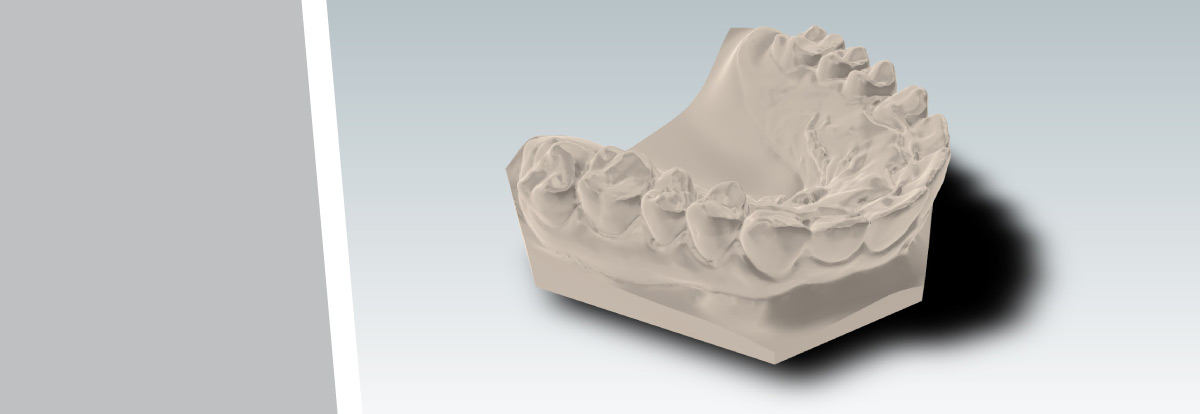
Digital orthodontics
Digital technology is increasingly finding its way into our orthodontic practice.
After scanning the dental conditions, we enable you to digitally fabricate treatment appliances such as aligners, retainers, transpalatal arches, etc. as an alternative to classical fabrication techniques.
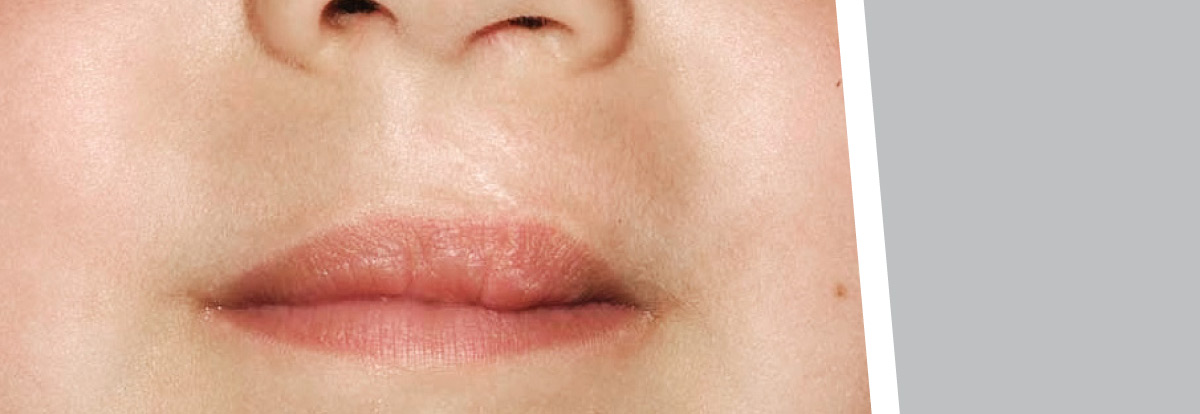
Cleft lip and palate (CLAP)
As part of our comprehensive treatment concept, my orthodontic practice also offers care for patients with cleft lips, jaws and palates.
Here, my background in general medicine and my many years of experience are incorporated into the therapy.
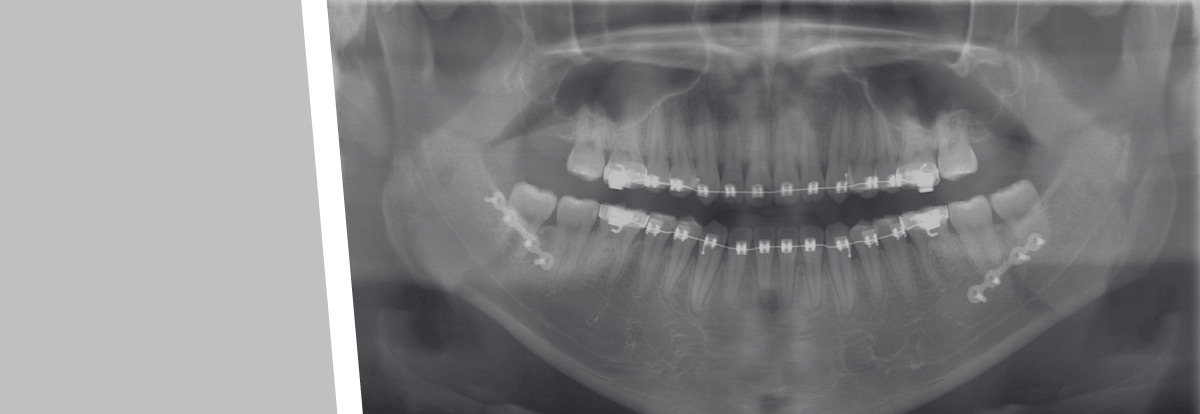
Dysgnathic surgery
Severe skeletal deformities, such as mandibular protrusion, require oral surgical correction in addition to orthodontic treatment.
In close collaboration with our cooperating oral surgeons, we prepare our patients for these procedures and also provide follow-up care with fine correction of the treatment result.
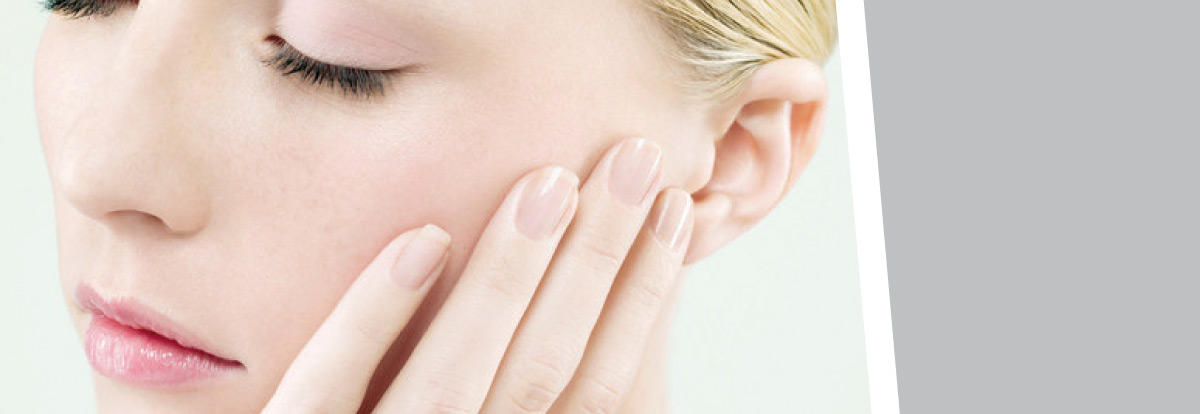
Temporomandibular joint and muscle pain
We look after patients with complaints of the temporomandibular joints or masticatory muscles (CMD) in cooperation with primary care dentists or ENT doctors.
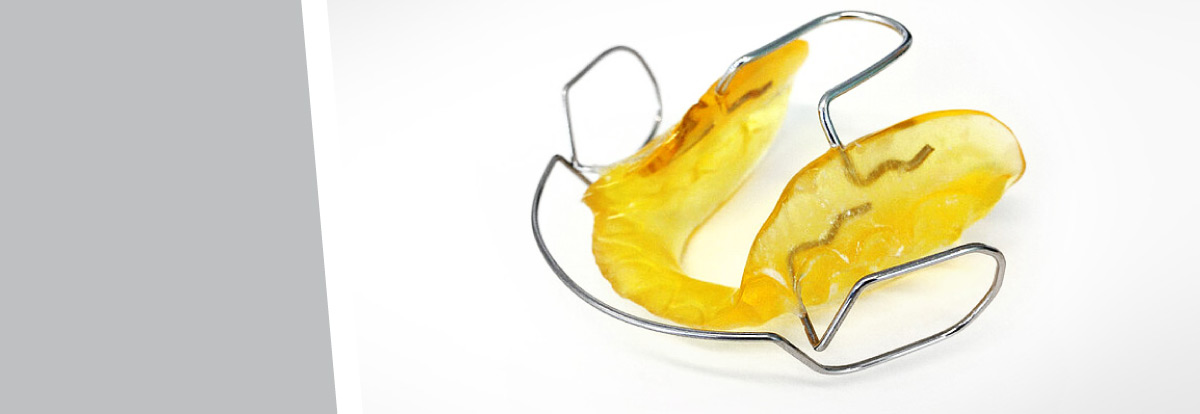
Bionator therapy
The bionator, like the activator, is a functional orthodontic appliance that can be used to treat jaw malocclusions. With the right indication, it can be used for different treatment tasks. These measures are flanked by further, individually coordinated treatment measures that can further improve the treatment result.
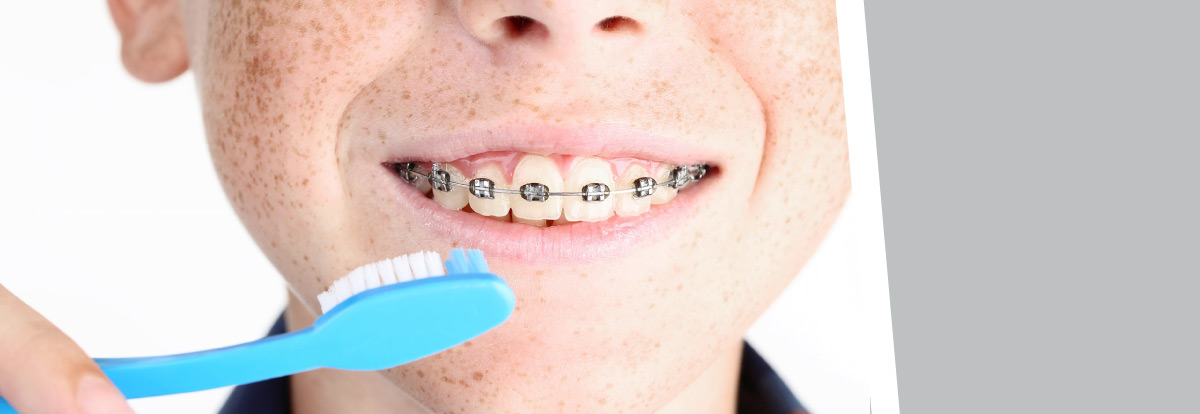
Sealing / PZR
During treatment with fixed appliances, it is advisable to carry out professional dental cleaning approximately every 6 months and then reapply a sealant to the tooth surfaces.
This can reduce the risk of tooth decalcification during treatment.
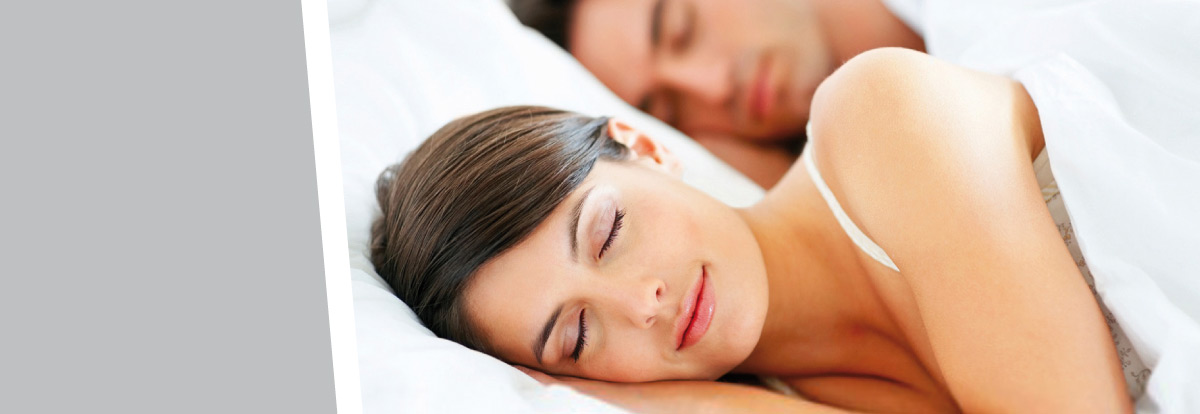
Snoring therapy
Some forms of snoring can be successfully treated with orthodontic appliances. Affected patients can arrange an appointment for a non-binding preliminary consultation with my reception team; a referral from an ENT specialist or dentist is not needed for this.
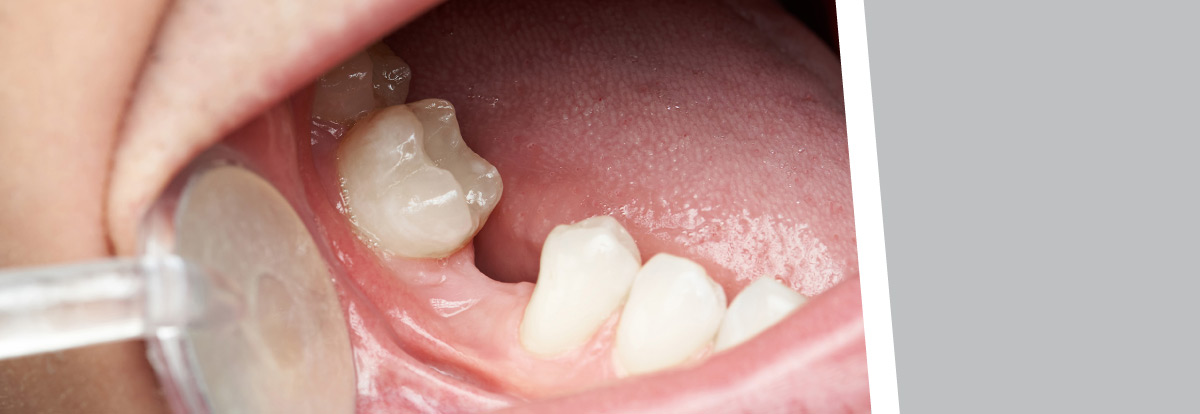
Pre-prosthetic orthodontics
Before the insertion of crowns or bridges, it is sometimes necessary to straighten herringbone teeth.
Special orthodontic straightening appliances are suitable for this purpose.
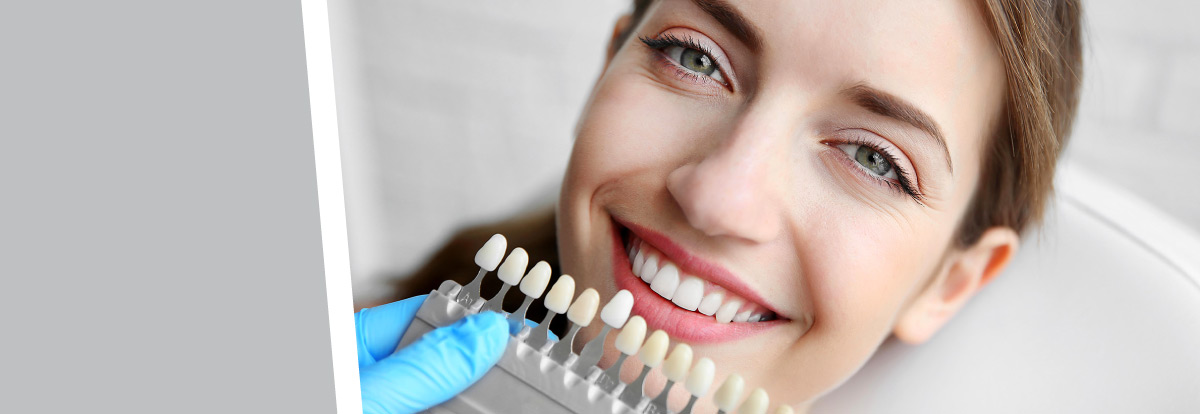
Preparation for implantology
If a gap between teeth is too small to accommodate the implant, the gap can be widened with orthodontic appliances.
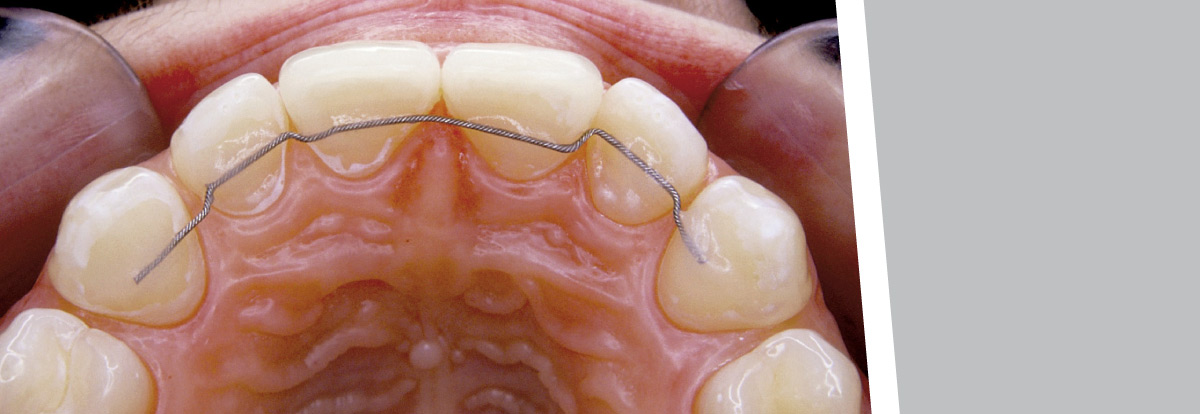
Long-term stabilisation / retainer
After completion of a treatment, there is a risk over several years that treated teeth will move back into their original position.
In order to keep beautiful treatment results stable for years to come, I recommend the insertion of a long-term stabilisation in the form of a retainer. This is bonded to the inside of the front teeth and remains there for several years.
